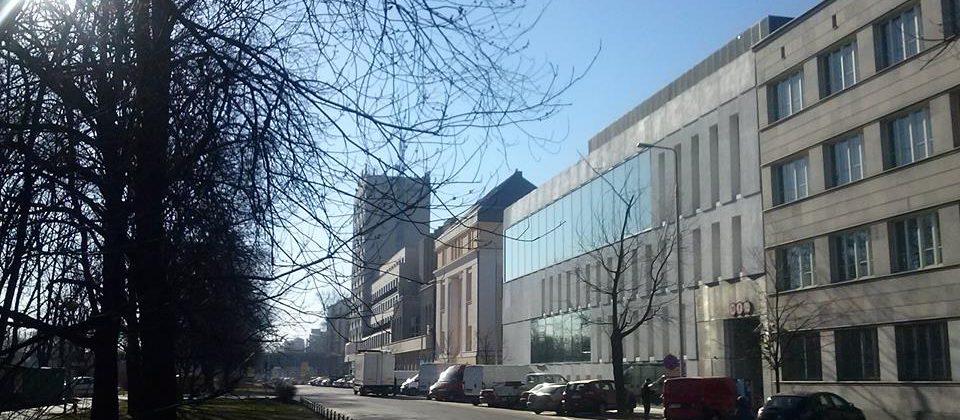Szanowni Państwo,
13 listopada o godz. 11:00 w sali 1.01 na Wydziale Zarządzania Kulturą Wizualną (Wybrzeże Kościuszkowskie 37/39) odbędzie się seminarium prof. T. J. Clarka oraz prof. Anny M. Wagner
Seminarium będzie pogłębieniem tez z wykładu pt. „Picasso and Terror”, który profesor wygłosi dzień wcześniej w Muzeum Sztuki Nowoczesnej na Pańskiej.
Uprzejmie prosimy, by wszystkie osoby, które mogą zadeklarować obecność, potwierdziły ją, pisząc do Jakuba Depczyńskiego (deepdep.inc@gmail.com) lub Bogny Stefańskiej (bogna.stefanska@artmuseum.pl)
- Abstract of my lecture
Picasso’s Guernica continues to have a life in the politics of the 21st century. It has established itself as our culture’s Tragic Scene. In the struggle against state violence and enforced conformism, it goes on being a potent sign, carried as placard or banner, reused as strip cartoon, sprayed on walls from Calcutta to Gaza. But why? This lecture looks again at Guernica in relation to the notion of Tragedy, and in particular to the weight given in tragedy to the emotions of Pity and Terror. Picasso was an artist whose central subject became, from the mid-1920s onwards, the reality of violence in human life — the reality, the horror, but also the fascination. He was charged at the time (and still is) with an unhealthy, almost malevolent obsession with human beings at their worst, made all the more repellent by his constant twisting together of violence and sex. Is the charge justified? To some extent, surely Yes. So how did Guernica emerge from such a matrix? What picture of suffering, horror, dislocation, but also community and ‘humanity’, does it offer?
- Abstract of my seminar
Our seminar will look at Picasso’s treatment of ‘women in war’, and in particular the way women became in Picasso’s art of the 1930s the true ‘actors’ of suffering and anguish. Tim Clark will look at one or two of Picasso’s responses to the violence of Europe in 1934, especially his two drawings ‘Interior with Swallows’, and some of his close-up treatments of fear and vulnerability following Guernica, for instance the sketchbook studies of women in tears. Anne Wagner will look closely at Picasso’s drawings of women’s wartime suffering in relation to the drawings and prints of Käthe Kollwitz, who addressed the subject of women, maternity and war throughout her career.
Suggested Reading:
Hannah Arendt: On Violence




